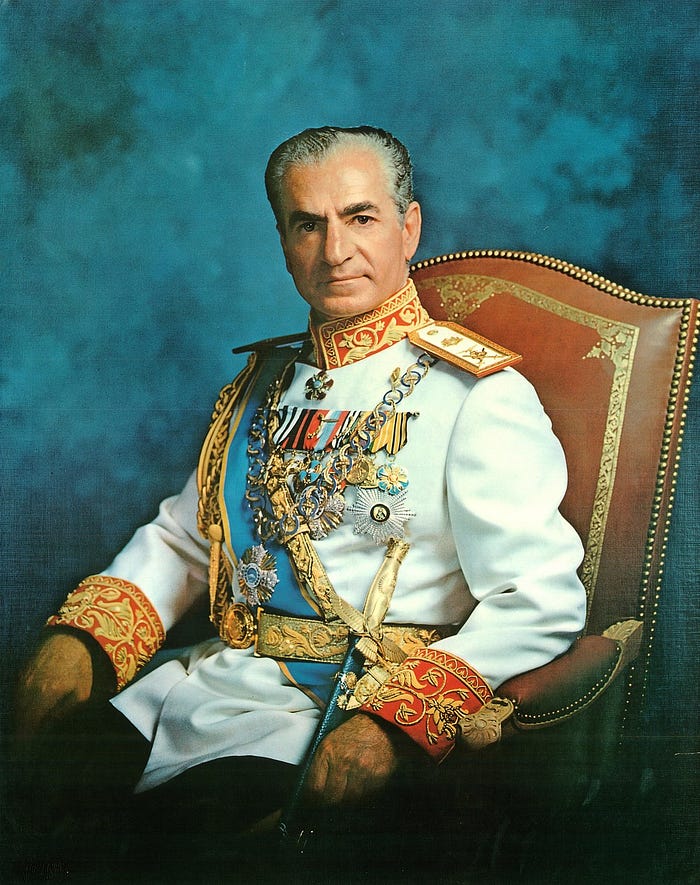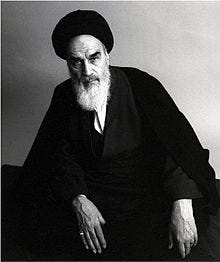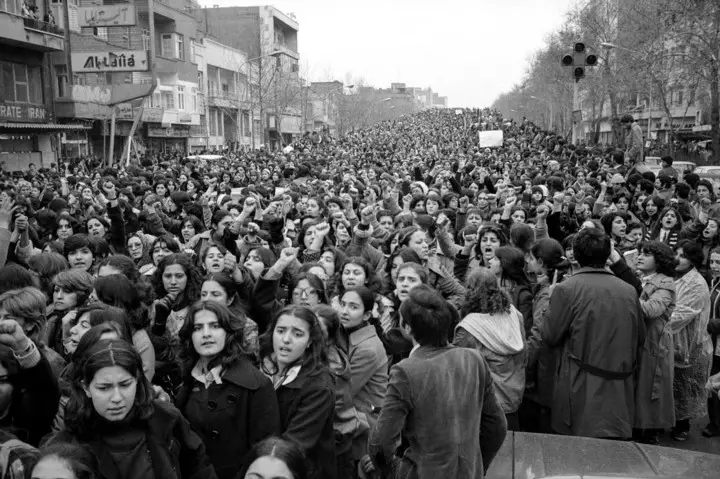 ran had seen major changes throughout the Cold War era, many of which were external influences from the West as well as internal influences from a more political perspective. Every change that occurs will come with positive as well as negative consequences, the same sort of story happened with the Iranian revolution in 1979.
ran had seen major changes throughout the Cold War era, many of which were external influences from the West as well as internal influences from a more political perspective. Every change that occurs will come with positive as well as negative consequences, the same sort of story happened with the Iranian revolution in 1979.
The revolution also came with drastic changes, the most memorable being that all women within Iran were forced to wear a hijab (scarf) around their heads due to religious circumstances. This meant that religion was being enforced onto people as if we were still living in the Medieval Ages and not modern times. Religion was seen as politics a long while ago, but in this modern era, we should all be free to choose if we follow our cultural religion, follow another religion, or become atheists.
In order to better understand this event, we need to go back in time before the revolution took place.
Iran before 1979

The last so-called “ruler” of Iran was Mohammad Reza Pahlavi who loved the West and had good connections with politicians from the United States. He dreamed of westernizing Iran, going as far as even changing the use of their traditional calendar to the western calendar.
As you can imagine this had upset a lot of people from Iran, especially many religious people that fought to maintain the culture within the country. The rest of the population wasn’t impressed as well, since they loved their culture and didn’t want to abandon it for any of the western benefits that would come with the change.
Therefore, in 1979 a revolution began which led to the banishment of Mohammad Reza Pahlavi. The revolution is remembered famously as the “Islamic revolution” due to the leader who replaced Pahlavi, that being Ayatollah Ruhollah Khomeini.

Khomeini led the revolution besides many other religious people with high status within Iran. Their ideology was to protect the Islamic culture within Iran, however, their emphasis was also to bring back the more religious traditions that had fallen in disuse due to Pahlavi.
Women forced to wear hijabs
Khomeini and his new committee came up with a new set of rules that would bring back classic Islamic ruling with enforcement to protect the Islamic culture. One of the most radical changes was enforcing all women to transition back to wearing hijabs.
Females were not part of the committee that came up with the new set of rules, therefore no one asked them if this is what they wanted. At the start of March, the new law which forced women to wear hijabs was established.

As most of the women were not happy with this change the biggest protest in the history of Iran was organized on the 2nd of March, right on Women’s Day. Over 100,000 women attended the protests fighting for their right to speech and their freedom to decided if they want to follow their religion or not.

The protest went on over a week, just showing the determination of these women to make a change. Throughout the protest, many people from the new political system came to discuss this matter but none of them were up to negotiate something. The protests were kept a secret throughout the country since those in power didn’t want to attract more attention, especially the attention of the western world.
Sadly, even with all this great effort from all the women who attended the protest, nothing was changed, leading to the 8th of March being commemorated as the last day women walked free in Iran.
It wasn’t just about the hijab, but also the other rules that came with it. Women in Iran were now not allowed to travel without permission from their husbands as well as many other restrictions. Their freedom had been taken from them.
Later attempts at changing something
An important person from the protests that took place at the beginning of March was Henhameh Golestan, at the time 27 years of age. On the first day of protests, she took her husband’s camera and ran off to take photos of the protests in order to commemorate the moment.

She took many photographs, some of them depicted within this article. In her attempt to change something, in 1984 when she and her husband migrated to the UK she managed to organize an exposition showing all the pictures and telling the story of the women from Iran and how they are enforced to follow certain rules.
Although her exposition caught some attention by the British media, nothing actually happened.
Another very recent event that took place in 2019 was when three Iranian women peacefully protested against the hijab. Although it was a peaceful protest, it ended up with Mozhgan Keshavarz, Yasaman Ariani, and her mother Monireh Arabshahi being sentenced to 55 years in prison for “conspiracy and assembly to act against national security, propaganda against the regime, and facilitating corruption and depravity” according to the Human Rights Activists News Agency.
Today, over 40 million women in Iran still live under these enforced circumstances.
Avid Writer with invaluable knowledge of Humanity!
Upcoming historian with over 30 million views online.
“You make your own life.”





